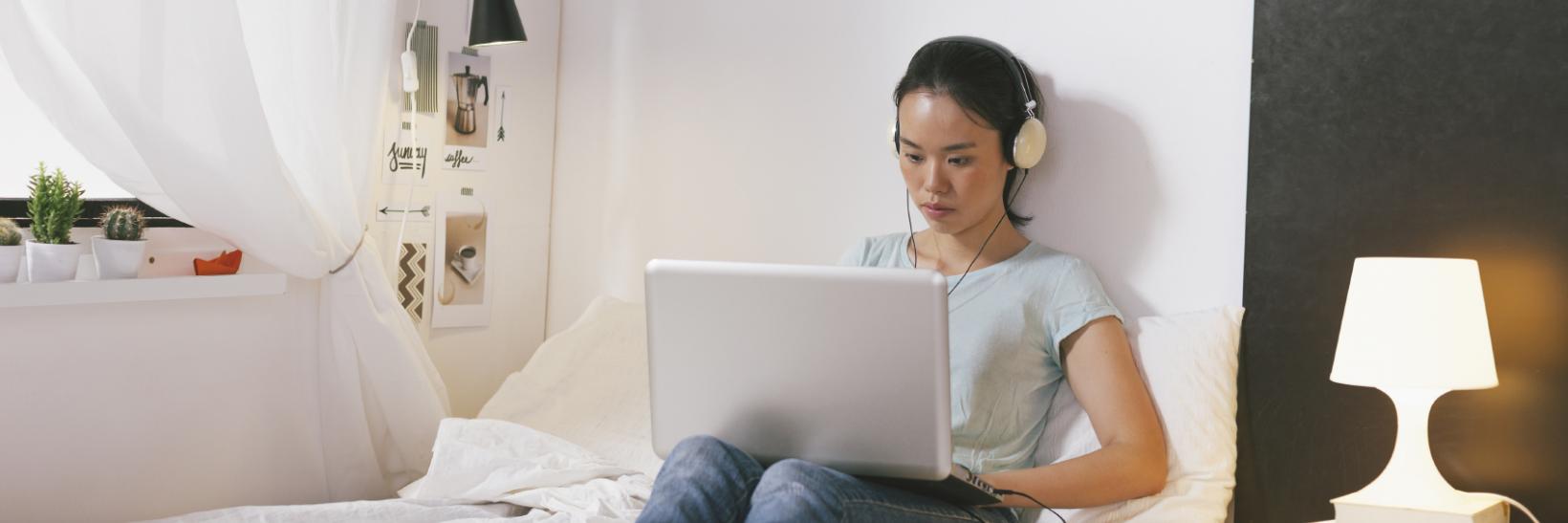
Best Practices for K-12 Schools: Five Student Housing Guidelines to Follow
If you are a school official who works at a kindergarten to grade 12 (K-12) school that wants to enroll F-1 or M-1 international students, your school must first obtain Student and Exchange Visitor Program (SEVP) certification.
SEVP certification allows institutions to issue Forms I-20, "Certificate of Eligibility for Nonimmigrant Student Status," to prospective international students after accepting them for a course of study. Prospective international students then use the Form I-20 to apply for a visa to enter the United States.
As you become better acquainted with your certification responsibilities, you will learn that SEVP certification means your school must follow federal rules and regulations governed by the U.S. Department of Homeland Security. Three new resource pages were added to Study in the States to help explain the rules and regulations that govern SEVP-certified K-12 schools.
Some K-12 schools may want guidance on how to structure policies related to student housing accommodations. Here are a few best practices to keep in mind as your school prepares to enroll a younger population of international students:
- Except in the context of a boarding school, refrain from having any F-1 or M-1 students reside at the residence of any school personnel.
- Have the contact information for the host families and residential personnel (i.e., hosts) so that you can maintain, at a minimum, monthly personal contact with them whether through email or telephone.
- Consider visiting the students’ physical residence and meet with the hosts in-person at least twice an academic year, preferably in different academic terms.
- For your records, document these monthly personal contacts and in-person visits, being sure to list the date and time such contact took place.
- Provide students and host families with contact information for the school, including telephone number and email address. Be sure to promptly and appropriately address any issues raised by the hosts or students.
Although this is not an exhaustive list of best practices for ensuring proper accommodations for students, following the above items is a good place to start to ensure your K-12 international students have adequate and safe living situations while they study in the United States.
Please help us share these best practices with SEVP-certified K-12 schools in your area by emailing this article to your colleagues. If you are a K-12 school official and want to share your best practices with us, tell us on social media using #StudyintheStates.

